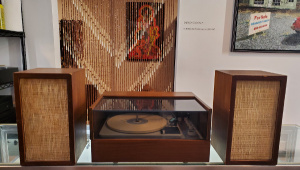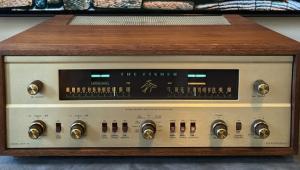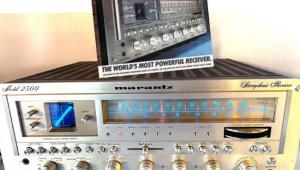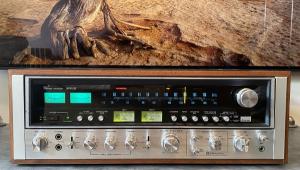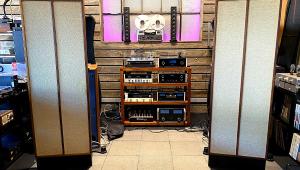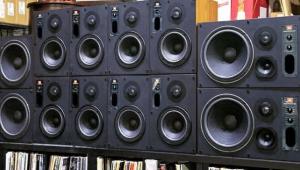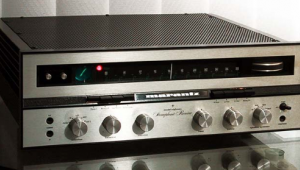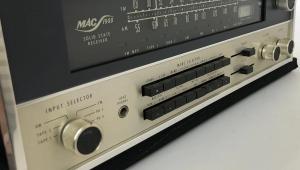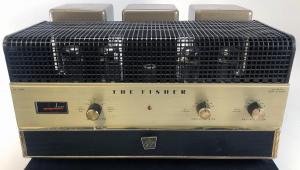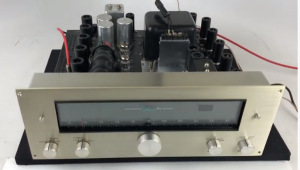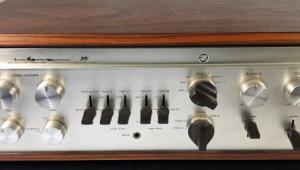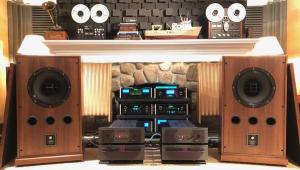Quad ESL-57: The Original Electrostatic Speaker
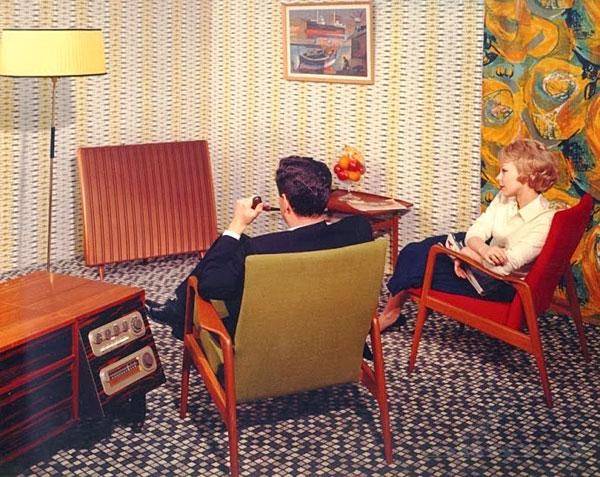
Since its introduction as a mono speaker in the late 1950s, the gently curved panel has captivated audiophiles and music lovers alike with sound they consistently describe as “transparent,” “lifelike, “neutral,” “open,” “spacious.” Listening to a stereo pair of ESL-57s has been hailed as a revelatory experience — one that comes eerily close to the Holy Grail of audio: creating the illusion of a live concert or transporting the listener to the performance space.
In a poignant 2016 post, “Ode to Hi-Fi: The End of an Era?” S&V contributor Leslie Shapiro credits a set of ESL-57s her dad brought home in the mid-’70s with “changing the course of her life.”
“Sitting for hours with my father critically listening to music over the Quads led me to a career as a recording engineer and sound-quality consultant,” Shapiro wrote. “I owe so much to that early influence.” Like countless others before her, Leslie recalls being spellbound. “Having been blessed with numerous opportunities to hear the New York Philharmonic performing live, the high-end response of the Quads was as close to live as you could get. Crystal-clear transients, effortless treble, and beautifully transparent, natural, musical sound. Listening in our family room transported me back to Avery Fisher Hall.”
Twenty years earlier, designer Peter “P.J.” Walker turned a few heads in the audiophile community when he (or his editor) wrote in the British magazine Wireless World: “A closer examination of underlying principles leads to the conclusion that the electrostatic loudspeaker may well supersede the moving coil for high-quality sound reproduction.” The statement was a preface to “Wide Range Electrostatic: Principles of Design for Operation at Low as well as High Frequencies,” an article published in 1955 that explained the inner workings of the electrostatic speaker in highly technical terms.
Compared with the garden variety cone driver that has dominated audio since the days of Alexander Graham Bell and Thomas Edison (who actually favored horn drivers), Walker’s design took a radically different approach to converting electrical audio signals into acoustic sound waves. Instead of using a paper cone (or diaphragm) that moves in and out in response to the magnetic field created when electrical current is applied to an attached voice coil, an electrostatic speaker suspends an electrically charged plastic (or Mylar) film diaphragm between two perforated metal panels (called stators) to produce sound. Changes in the strength and polarity of the electrical charge applied to the stators move the diaphragm back and forth. Both descriptions are vastly oversimplified but you get the idea.
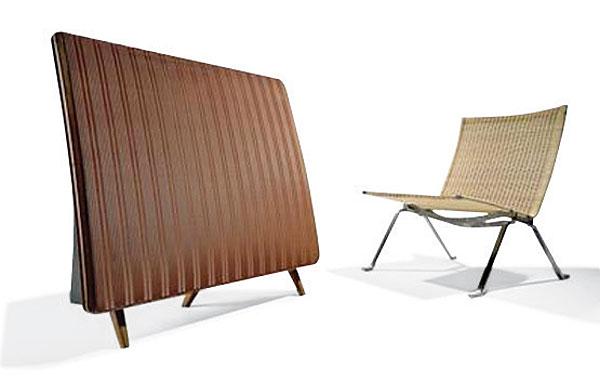
In 1957, Walker’s U.K.-based Acoustical Manufacturing Company announced production of the world’s first full-range electrostatic speaker. It was called the Quad Electrostatic Loudspeaker and sold for £52 pounds (about $80). The ESL was designed for monophonic reproduction but later modified to improve its dispersion for stereo.
In one of the first hands-on assessments of the Quad Electrosatic Speaker, Hi Fi News reviewer Ralph West delved into the history of the electrostatic speaker and described in great detail its operating principles, before offering this somewhat restrained assessment: “There is no doubt music sounds very nice, more like the real thing than ever before, speech, too, has lost all trace of boom — and that's not due to lack of bass. Another interesting feature is the complete lack of any fatigue effect, unless, of course, the programme [sic] quality is bad. All sensation of listening to a loudspeaker is lost.” West ultimately recommended the Quad ESL, referring to it as “an excellent domestic speaker.”
Though ESL-57 was never an official model number, the moniker stuck over the years, eventually becoming a convenient way to distinguish between the original design and the ESL-63 that replaced it 23 (!) years later. By the time the 57 was officially retired in 1985, the company (which changed its name to Quad Electroacoustics in 1983) had sold around 54,000 units. That the original design survived for more than two decades as the lone electrostatic model in Quad’s line is a testament to its forward-thinking design and amazing sound quality. The brand has changed hands a couple times since the mid-’90s and exists today as Quad with a line of more than two dozen products, including two ESL series electrostatic speakers.
Highly Sought After
Fortunately, enough ESL-57s were sold back in the day so that audiophiles who are interested in acquiring one of the original models can still find them. New Jersey-based vintage audio specialist SkyFi Audio has had three sets pass through its doors in the past few months alone.
